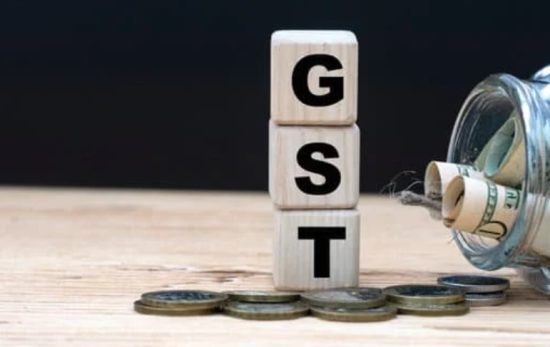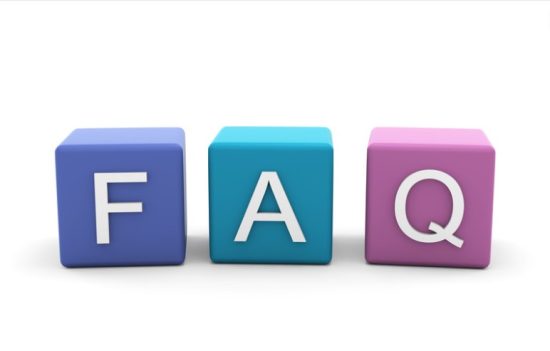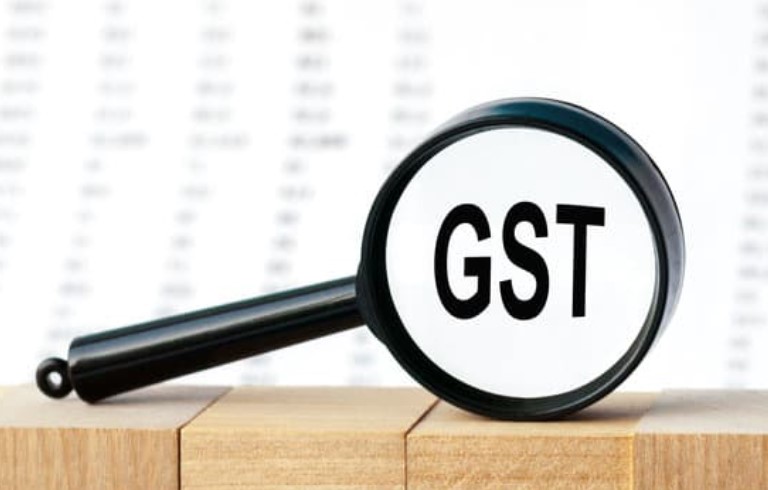Picture this: You’ve just started your own business in Canada, and things are starting to pick up. Customers are flocking to your doors, orders are pouring in online, and revenue is steadily climbing. It’s an exciting time filled with endless possibilities.
But amidst all the hustle and bustle of running a successful business, there’s one crucial aspect that cannot be overlooked – GST registration. Now, before you start feeling overwhelmed by those three little letters, let me assure you that understanding the ins and outs of GST registration doesn’t have to be a headache!
In this comprehensive guide, we’ll walk you through everything you need to know about the GST registration process in Canada. From what exactly a GST number is to who needs it and why it’s important – we’ve got you covered! So, grab a cup of coffee (or tea if that’s more your style) and let’s dive right into the world of GST registration!
What is a GST Number?

A GST number, or business number, is a unique identifier assigned to your business by the Canada Revenue Agency (CRA). Its primary purpose is to track the collection, reporting, and remittance of Goods and Services Tax (GST) or Harmonized Sales Tax (HST). However, it’s important to note that this number serves other functions when dealing with the CRA.
If your company is organized as a corporation, you must declare corporate income tax using your GST number. This means that regardless of the nature of your company – whether it’s an e-commerce business or a brick-and-mortar establishment – having a GST number becomes essential.
Furthermore, if you have employees in your business, their payroll deductions are reported and remitted using the same GST number. It acts as an all-encompassing identification tool for any dealings you have with the CRA.
Once you obtain your GST number, remember that it must be included on every invoice issued by your business going forward. This ensures proper tracking and compliance with taxation regulations.
GST Registration Process in Canada
Registering for Goods and Services Tax (GST) in Canada is a relatively simple process. To begin, you’ll need to gather some important information about your business, such as its legal name, business address, contact details, and the nature of your business activities. Once you have all this information ready, you can proceed with the registration.
The first step is to visit the Canada Revenue Agency (CRA) website and navigate to their Business Registration Online portal. From there, follow the step-by-step instructions provided on the website to complete your registration application.
During the registration process, you will be asked various questions related to your business operations and financial activities. You must provide accurate and up-to-date information at this stage. Once you’ve submitted your application online, it usually takes about two weeks for the CRA to review and process it.
After processing your application successfully, the CRA will issue a GST number or Business Number (BN), which will serve as identification for tax purposes. Make sure that you keep this number safe as it will be required when filing tax returns or making payments.
Registering for GST in Canada not only ensures compliance with tax regulations but also allows businesses to claim input tax credits on purchases made for their operations. By registering voluntarily even if below the threshold limit ($30K), small businesses can benefit from these credits and improve cash flow.
Remember that each province may have its specific requirements regarding sales taxes; therefore, it’s essential to check with provincial authorities if additional registrations are necessary based on where your business operates.
Who Needs to Register for GST?

Who needs to register for GST? This is a common question that many businesses in Canada have. The answer depends on the nature and size of your business operations.
If your business has annual revenues exceeding $30,000, you are required by law to register for GST. However, even if your revenues fall below this threshold, it may still be beneficial to voluntarily register for GST. Why? Well, registering allows you to claim input tax credits (ITCs) on eligible business expenses. These ITCs can help offset the amount of GST/HST you collect from your customers.
Additionally, registering for GST can provide credibility and legitimacy to your business. It shows that you take your financial obligations seriously and are committed to operating within the legal framework set out by the Canada Revenue Agency (CRA).
Certain types of businesses also have specific registration requirements. For example, non-resident businesses that carry out taxable supplies in Canada must register regardless of their revenue level.
Benefits of Registering for GST
Registering for GST in Canada can bring several benefits to your business. Being registered allows you to collect and remit the Goods and Services Tax (GST) or Harmonized Sales Tax (HST) from your customers. This ensures that you are operating within the legal framework and avoids any potential penalties or fines.
Registering for GST enables you to claim input tax credits (ITCs). This means that you can recover the GST/HST paid on business expenses such as supplies, equipment, and services. By claiming these credits, you reduce your overall tax liability and improve your cash flow.
Moreover, having a GST number adds credibility to your business. It shows that you are a legitimate entity recognized by the Canada Revenue Agency (CRA). This can help build trust with clients and partners who may prefer working with registered businesses.
Additionally, registering for GST opens doors to various government contracts and programs that require businesses to have a valid GST number. This gives you access to potential opportunities for growth and expansion.
Registering for GST provides numerous advantages such as compliance with tax regulations, financial benefits through ITCs, enhanced credibility, and increased opportunities for business development. Don’t miss out on these benefits – consider registering for GST today!
What are the GST Registration Requirements?

GST registration requirements vary depending on the type of business and its annual taxable supplies. Generally, businesses with annual taxable supplies exceeding $30,000 are required to register for GST.
To apply for GST registration in Canada, you need to complete Form RC1, which can be obtained from the Canada Revenue Agency (CRA) website or by contacting their office. The form requires you to provide information such as your business name, contact details, industry code, expected sales revenue, and a brief description of your business activities.
Additionally, you may need to provide supporting documents like identification proof and incorporation papers if applicable. It is important to ensure that all the information provided is accurate and up-to-date before applying.
Once your application is received by the CRA, they will review it and assign you a GST number if everything is in order. The process typically takes around two weeks but could be longer during peak periods.
Remember that even if your annual taxable supplies do not exceed $30,000 initially but later surpass this threshold within a calendar year, you must register for GST within 29 days of reaching this limit.
Ensure compliance with any additional provincial regulations as some provinces have separate registration requirements.
Note: This blog section does not include repetitive phrases or words related to “GST registration requirements.”
Conclusion
Registering for GST in Canada is a crucial step for businesses that meet the eligibility criteria. Obtaining a GST number not only allows you to collect and remit taxes but also opens up opportunities to claim input tax credits and streamline your business operations.
Remember, if your annual worldwide sales exceed $30,000 or if you provide taxable supplies in Canada, it’s time to register for GST. The process may seem daunting at first, but with the right information and guidance from the Canada Revenue Agency (CRA), you can navigate through it smoothly.
By registering for GST, you can enjoy several benefits such as credibility among customers and suppliers, claiming input tax credits on purchases made for your business, and complying with Canadian tax regulations. It’s an essential step towards establishing yourself as a legitimate business entity in Canada.
So take the necessary steps today to register for GST and ensure compliance with Canadian tax laws. Consult with experts or reach out to the CRA directly if you have any specific questions or concerns about the registration process.
Remember that obtaining a GST number not only helps you stay compliant but also contributes to building trust and credibility within your industry. So don’t delay – get started on your journey towards GST registration today!
FAQs – GST Registration Process in Canada

1. Do I have to pay GST if I make less than $30 000?
No, you do not have to pay GST if you make less than $30,000 in taxable sales in a calendar quarter. This is the Small Supplier Threshold. However, you may still need to register for GST if you meet certain other criteria, such as if you sell taxable digital products.
2. What is GST registration in Canada?
GST registration is the process of registering your business with the Canada Revenue Agency (CRA) so that you can collect and remit GST on your taxable sales. GST is a federal sales tax that is applied to most goods and services sold in Canada. The current GST rate is 5%.
3. How do I get my GST number?
You can get your GST number by applying online or by mail. To apply online, you will need to create an account on the CRA website. To apply by mail, you will need to download and complete the GST/HST New Registrant Application form.
4. How can I register for GST and HST?
If you are located in a province that has harmonized its sales tax with GST, you will need to register for both GST and HST. The HST rate varies from province to province. You can find the HST rate for your province on the CRA website.
To register for GST and HST, you will need to apply online or by mail. The process is the same as for registering for GST only.










